Top 10 Exercises to Strengthen Your Joints and Prevent Injuries
Overview
Joint health is essential for movement and functional independence. Joints are critical in every movement and physical activity undertaken during the day. Pains in the knee and hip, as well as pain in the shoulder, are examples of common joint-related issues. Specific exercises can help increase the joint's ability in terms of range of motion as well as stability or even strength. Improved strength of the joints can help decrease the chances of getting an injury. Therefore, it is good to recommend performing all types of physical activities with the inclusion of joint-related activities. Understanding joint care can make it easier to focus on and set regular targets for consistently improving the joints.
Section 1: Why Joint-Strengthening Exercises Are Important
Role of Strong Joints in Daily Activities:
Effective weight-bearing body movements are achieved with the help of strong and flexible joints. Normal functioning of joints allows for a wider motion range. Also, the joints get well stabilized while physical activities are performed. In simple tasks such as walking, climbing up stairs or lifting different objects, the strength of the joint is significant. Weak and unstable joints can be problematic as discomfort may be experienced with limited movements.
Preventing Injuries Through Exercise:
With vigorous workouts, the muscles surrounding the joints become more muscular. In addition, keeping joints stable during the workout decreases the stress on the joints. It should also be noted that joint exercises help improve a person's position and alignment. These ensure fewer chances of sprains and injuries caused by overusing a specific body area. Regular exercise provides injury prevention for joints in the long term. Once the joints are better conditioned, foot or knee injuries are less likely.
Who can benefit from this:
Joint health is critical for athletes' performance, mainly to prevent injuries. Older people can also benefit as they can do exercises and remain mobile while being independent. Even people who are healing from an injury or have pain on a chronic basis also help greatly. Even sedentary workers can do controlled movements to enhance joint health. These exercises will be helpful for people who have desk jobs or those who are prone to aching joints. These also help people of all ages since any age group or fitness level can maintain the function and health of their knees with regular practice.
Section 2: Guidelines for safe joint exercises
Warming up:
Warming up is also helpful in avoiding pulls and torn ligaments and muscles. It centres the blood around the area affected and reduces the chances of stiffness. Walking and arm swings are great warm-ups and shoulder rotation is also helpful. One should warm up for 5 to 10 minutes before getting into hefty exercises. It will be beneficial for a long time.
Emphasize on Low-Intensity Actions:
These movements are great for beginners or those with arthritis. They are also easy on the joints. Swimming, cycling, and yoga can be helpful since these activities are alternatives to weight-bearing exercises that can decrease knee and hip stress. In addition, exercise can be modified for anyone, regardless of fitness level. It also helps accommodate vulnerable individuals by ensuring their joints are well protected.
Listen to your body:
If your muscles or joints ache, instead of continuing without listening to your body, it potentially causes further damage. So, it is better to change routines or rest them altogether. It gives proper recovery time, which is vital for a long time. Moreover, distinguishing between simple muscle fatigue and overuse injuries can go a long way. To that end, in case of discomfort, change your form to ensure the ache disappears. So, ensure we always avoid pushing ourselves too hard during our workload.
Section 3: The 10 Most Effective Exercises For Joint Health
1. Squats(Bodyweight or Assisted):
.jpg)
Squats benefit the knees, thighs, and waist area as their primary purpose hinges on using the core. In addition, if you want to ensure strain is kept away as much as possible, practising proper form will be extremely helpful. It is recommended to use a stability softball initially and gradually increase the resistance to ensure normal functioning of your joints while practising proper cores and forms.
2. Lunges (Forward and Sideways):
.jpg)
Lunges increase stability in hips, knees and ankles. Forward and sideways lunges are different as they target different muscles. Beginners can use supports after gradually increasing levels and can add weights. The aim is to keep balancing and aligning throughout the motion. Alternating lunges helps ensure both legs get the same amount of strengthening. Hence, lunges are types of movements that replicate the movements we use in our everyday lives, ensuring their functionality.
3. Glute Bridges:
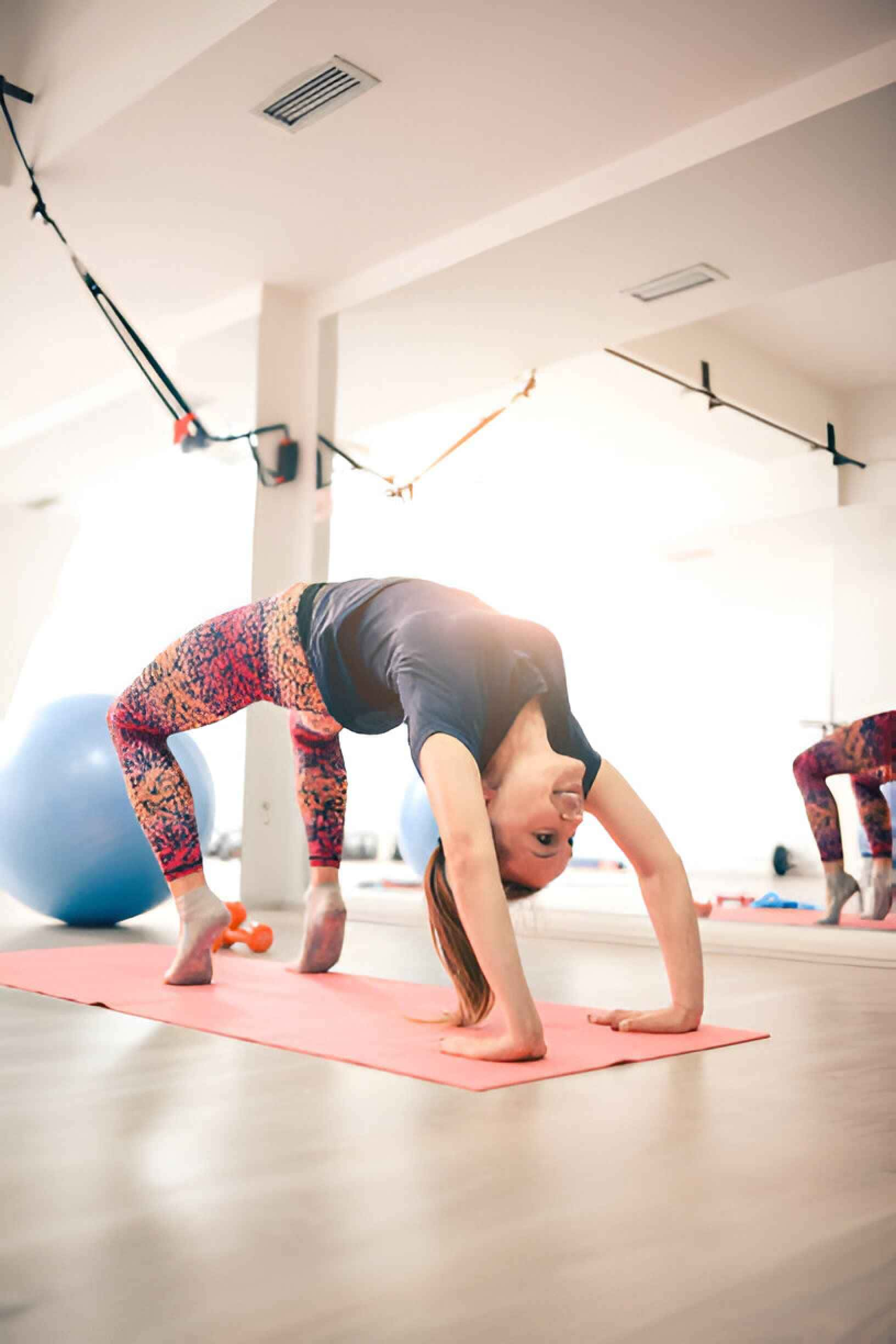
This particular movement assists the core and lower back. The idea is that glute bridges can help relieve pain as they help with proper body mechanics. Doing them quicker may not produce good results. While looking to engage the glutes during the motion, the top of the movement is the critical moment for maximum effect. Resistance bands can suit this as well. Adding that, Glute Bridges also help ease up the lower back muscle tension.
4. Step-Ups:
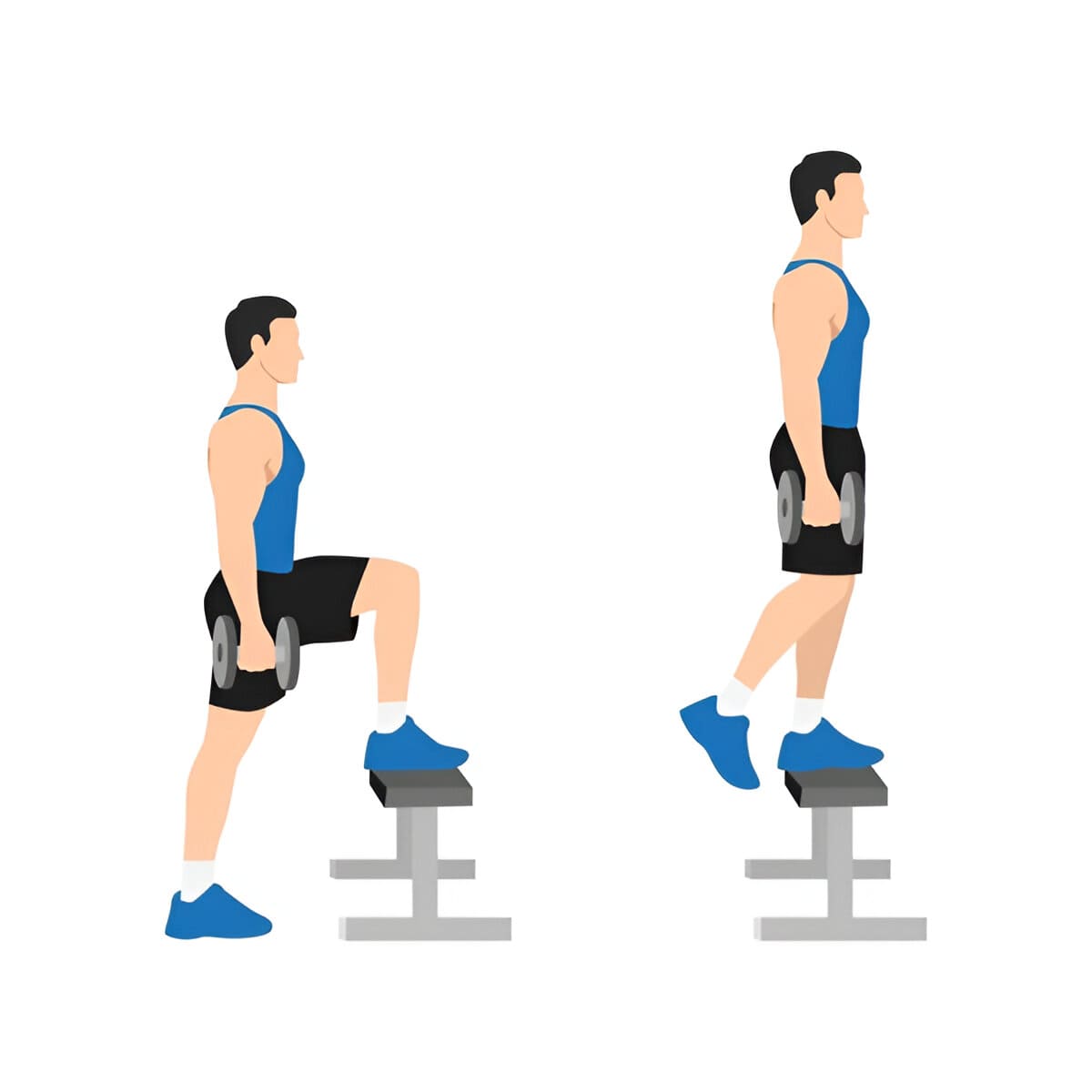
Step-ups are actions people find themselves doing regularly, going up and down buildings. They, in turn, strengthen the knees, hips and legs. Step up on stable grounds and perform movements in a controlled manner. It is best practice to keep the knees within the range of the toes to avoid any form of strain. Eventually, you can progress by adding weights or increasing the height of the platform. It is an excellent step for joint health as it aids balance and coordination.
5. Shoulder Circles (Using Light Weights):
.jpg)
In this shoulder, bones and the muscles around those bones go through the range of motion and enhance the stability within the joint itself. This aspect can be improved when light weights are incorporated into the shoulder circles. Don't go for those heavy weights; otherwise, you will overwork yourself. Slow and controlled movements should assist in adequately working the shoulder area. It is a beneficial exercise for easing tension and motion enhancement. They are invaluable for people working in offices or are under constant strain over their shoulders.
6. Planks:
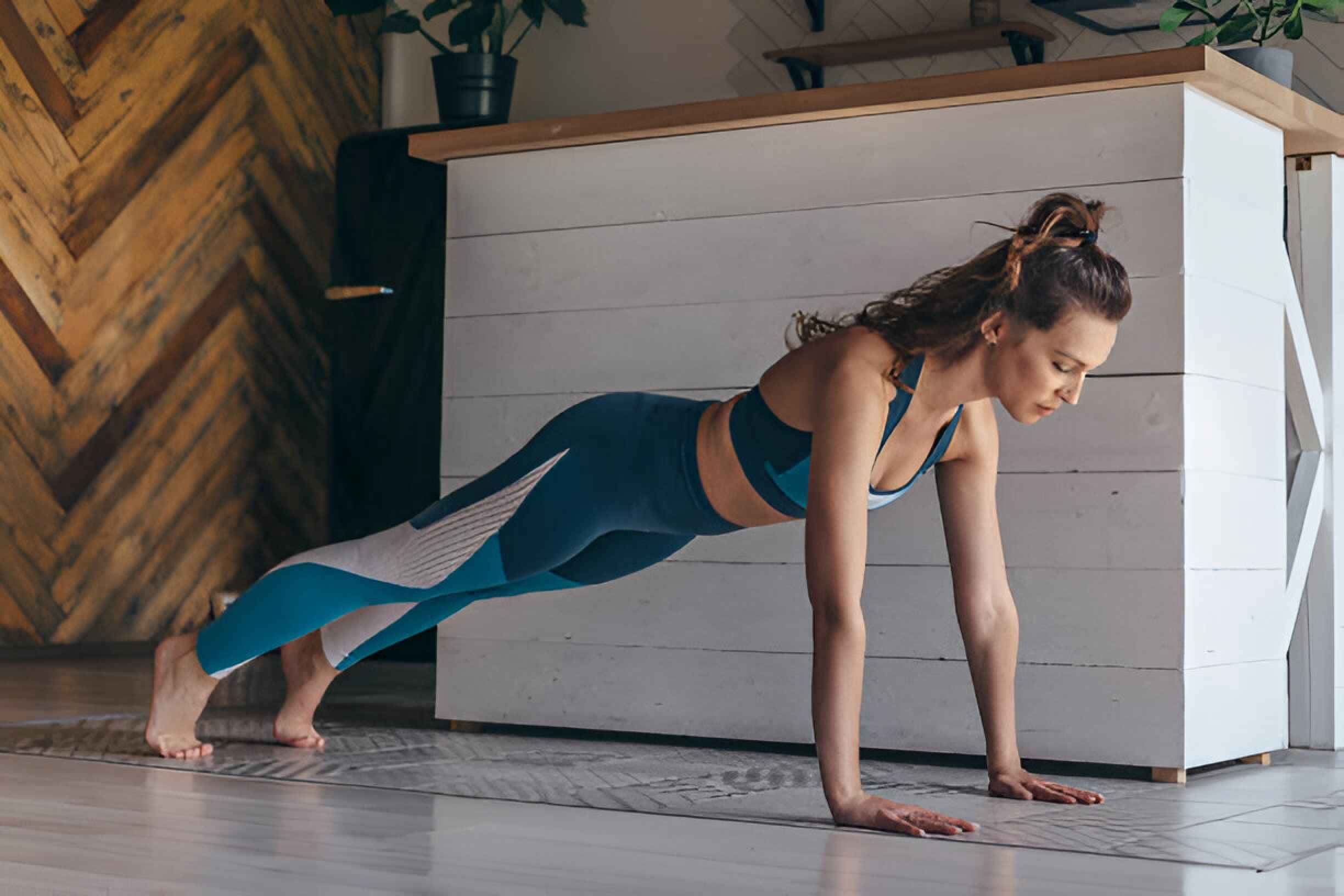
There are planks for core strength that can effectively support the shoulders and spine. Some variants are forearm plank and side plank. Keep the body in proper alignment to minimize the stress on the joints. Let the abdominal muscles work and stop the hips from sagging for the best outcome. Planks also assist in strengthening the muscles that act as stabilizers during a movement and cover the joints.
7. Clamshells:
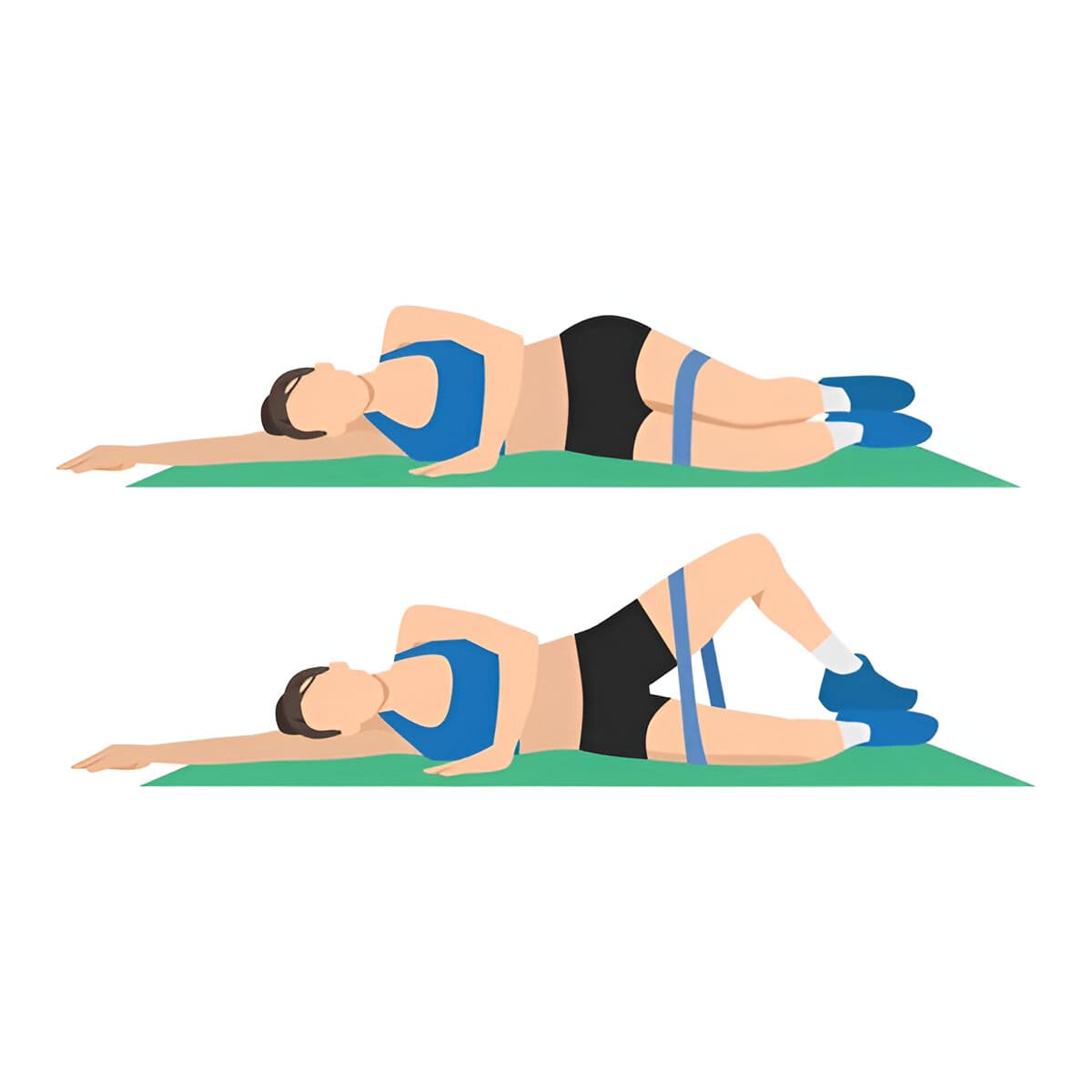
In one movement towards the outside, the Clamshell focuses on the muscles around the hips, called hip abductors. Exercises without resistance bands can be performed intensely with them. It is a great exercise designed for beginners or those with difficulty with movement. Start by slowly moving so that the correct muscles are used. Many clams were intended to correct a rounded back posture and help diminish hip discomfort. They are helpful for rehabilitation.
8. Heel Raises:

Heel raises help to strengthen the ankles and the calves as they add to the balance and stability of the knees. If required, perform them near a support. Begin with body weight heel raises and advance to weighted heel raisers later. Variations such as single-leg heel raisers can be incorporated to add an extra challenge. Healthy and strong ankles decrease the risk of falls and improve overall joint function.
9. Arm Raises (With Resistance Bands):
.jpg)
This exercise gently works out the shoulder muscles with resistance moves, which always involve a range of shoulder flexibility. It is excellent for patients who are recuperating from shoulder injuries. To avoid jerk movements, I recommend a slow and steady pace. Besides enhancing the shoulder muscular endurance, arm reaches improve the flexibility of the shoulder muscles and the arms. They are adaptable and helpful for people with different fitness stages.
10. Yoga Poses for Joint Flexibility:
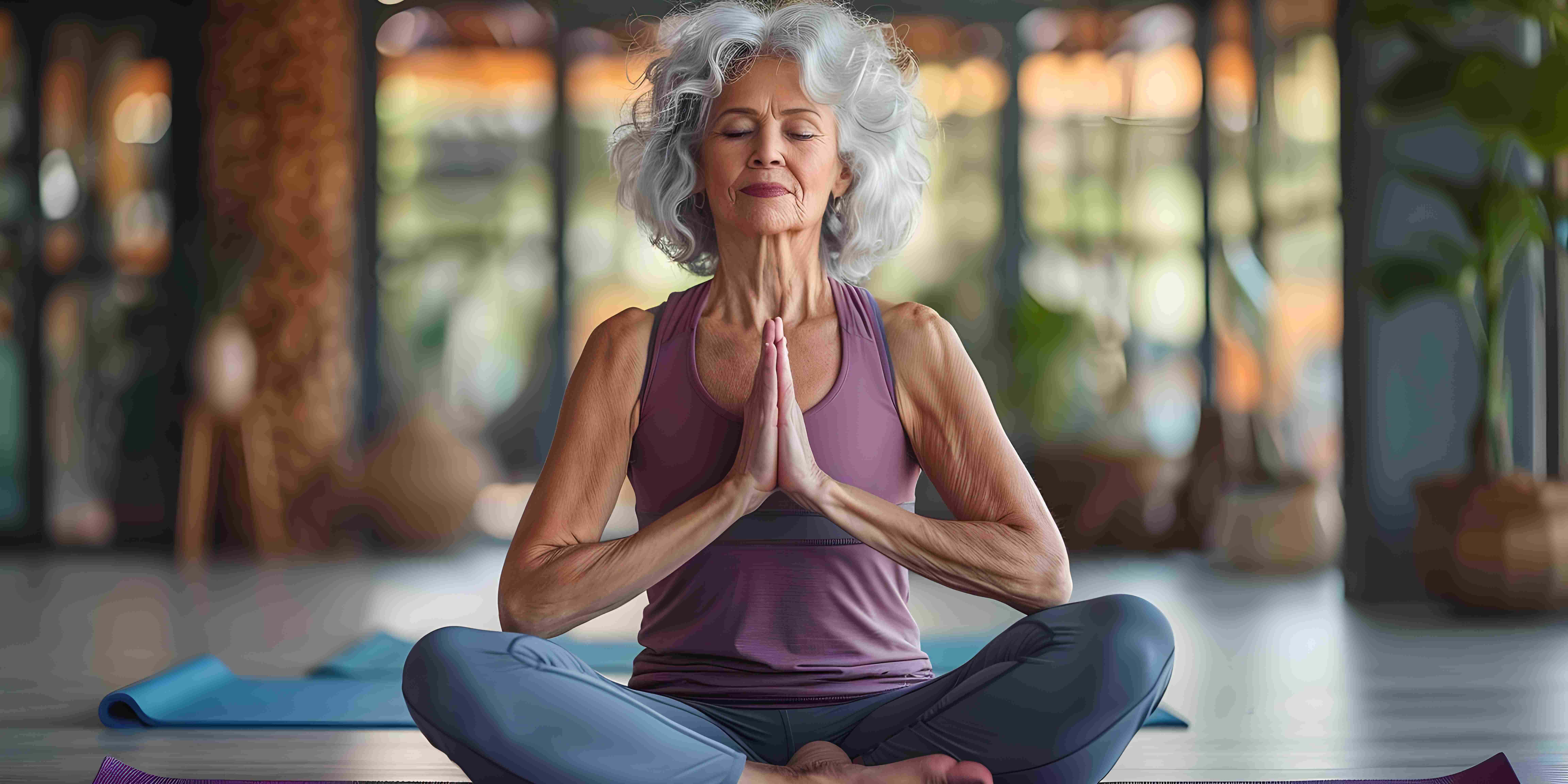
Yoga is superb in joint self-care as it promotes the health of all the joints and the maintenance of movements. It helps in preventing them from getting too stiff. Some of the best poses include Downward Dog, Cat-Cow Stretch, and Warriors. For regular, practical results, it is essential to practice more. Yoga encourages the practice of focus and mindfulness while relieving the joints, for achieving overall joint wellness. Additionally, yoga improves flexibility and muscle balance when added to a workout routine. It's also a good technique to manage stress and tension around the joints.
Section 4: More Considerations for General Joint Health
Maintain a Healthy Body Weight:
Joint regions such as the knees and hips endure increased pressure as a result of the weight. Preserving healthy body mass and using the joint will increase efficiency by reducing daily strain. It can be achieved through physical exercises and a balanced meal plan. Care for the weight is a long-term activity that is crucial in the protection of the joint. Instead of crash dieting, try healthier living that is easier to maintain for extended periods.
Remain consistent:
Perseverance will help achieve the desired goal of ensuring that the joints are healthy over a long period. Physical activity, especially lifting weights, assists in muscle orientation hypertrophy and enhancement of the joint range of motion. Do not go for long periods without engaging in physical exercises, as this halts your muscles in the long term. Give yourself reasonable targets, monitor your growth, and you will not lose interest quickly. Frequent exercise sessions of only a few minutes can gradually improve the health of affected areas. When a joint is subjected to a regular strain with proper mechanics, it helps prepare the joint to operate painlessly.
Incorporate Strengthening and Flexibility Workouts:
Do not forget to incorporate flexibility training with your core stability and strengthening exercises. The range of motion of a joint is the most critical factor because stretching decreases or prevents stiffness. Excellent alternatives are yoga and dynamic stretches. Just as stretching before, during, and after a workout is crucial for the most effective benefits, a routine stretching program is equally helpful.
Conclusion
The significance of strengthening and maintaining your joints is that it enhances mobility, boosts injury prevention, and assists one in living a pain-free life. Joint stability, flexibility, and strength can all be developed by doing specific exercises and integrating them into your daily routine. The risk of sustaining injuries is greatly reduced, which makes you better able to carry out daily activities. To promote the long-term health of the joints, combine exercising regularly with good technique and scheduled rest times. Before starting new exercises, make sure your therapist is aware of any relevant conditions. The journey towards optimum joint health has the potential to change your life significantly, so go for it.
Read More: Bone Health Essentials: How Diet and Lifestyle Affect Your Orthopedic Health